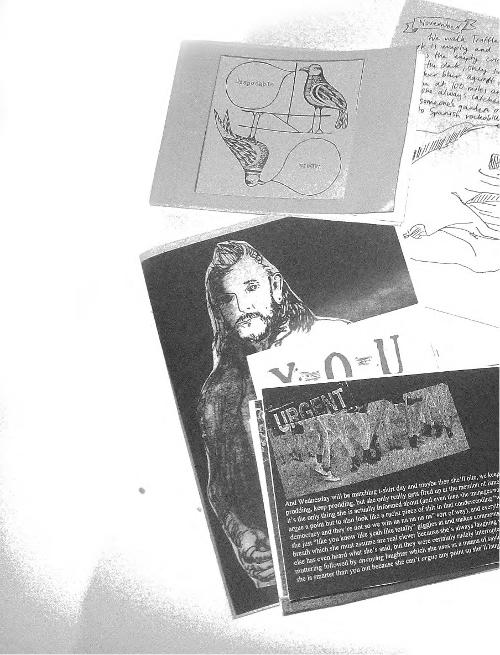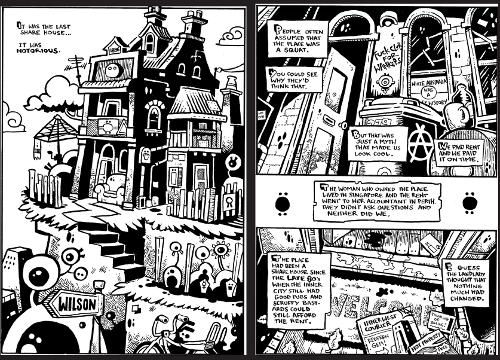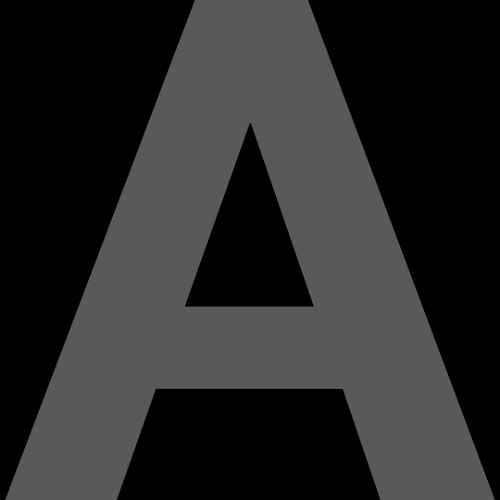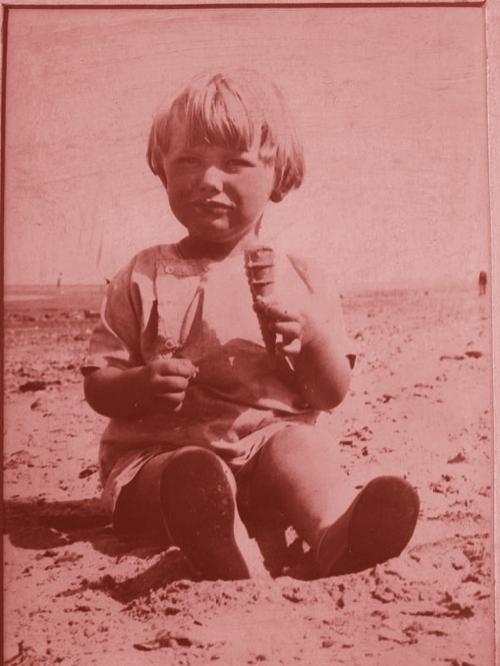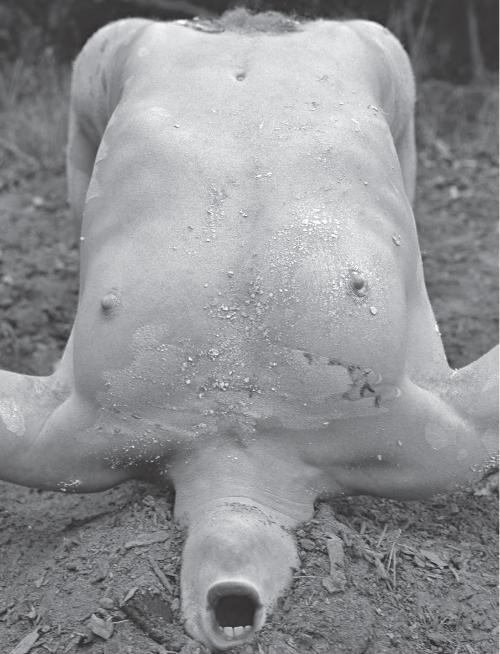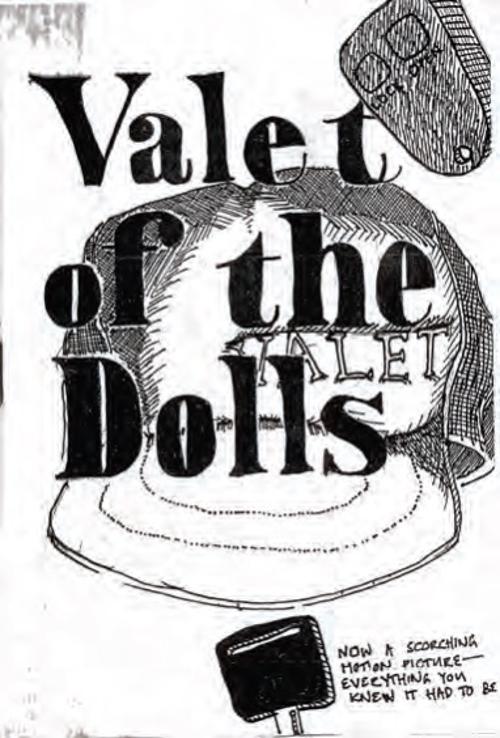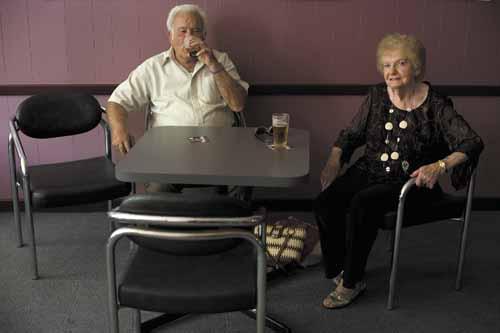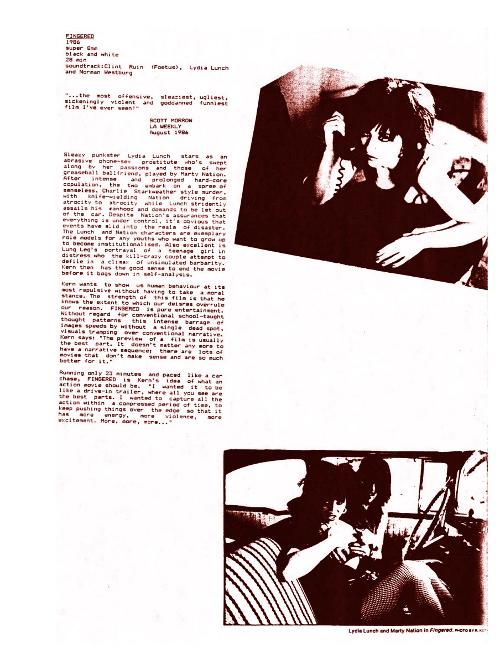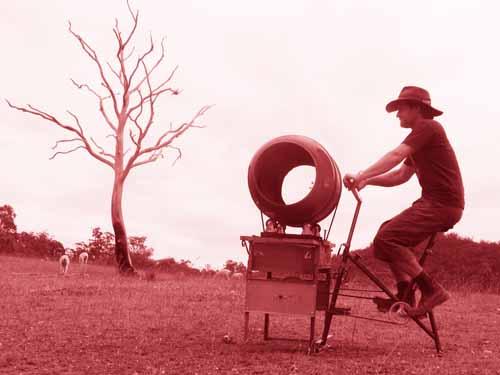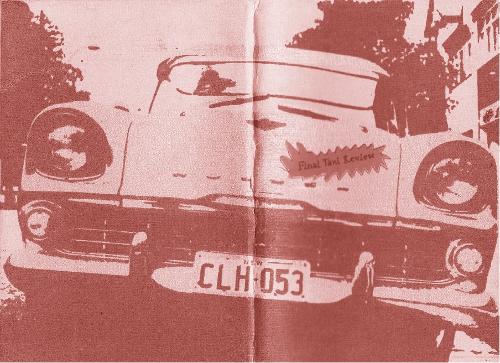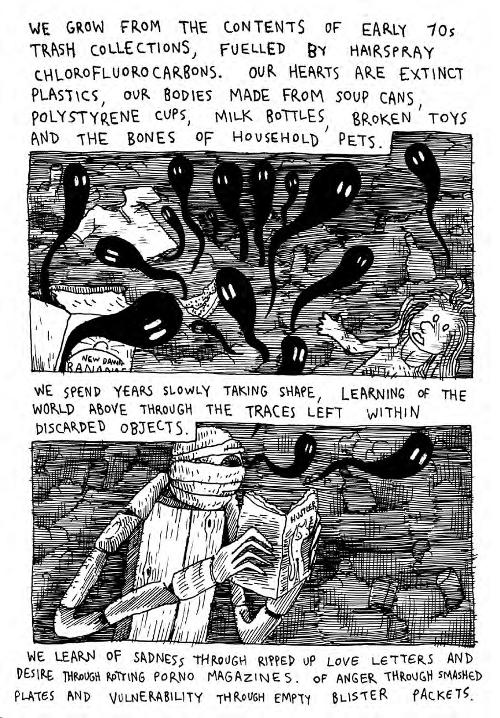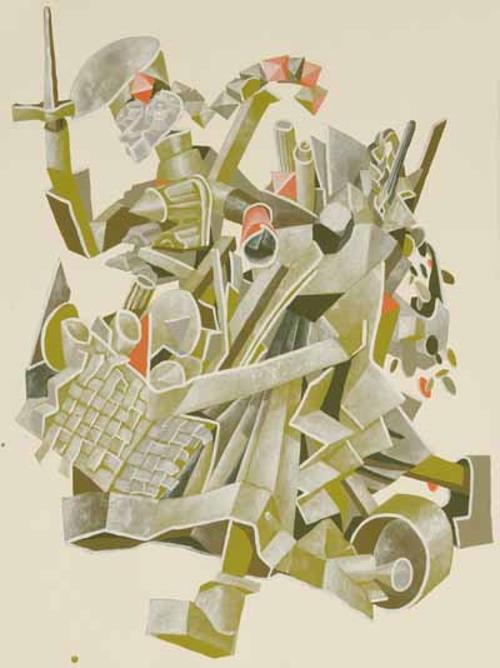Artrave
Granted, Minister Peter Garrett got visual arts resale royalties legislation through the Parliament, even if the end result is a sad compromise between the demands of the art auction houses and the interests of the creators. His department has disappointed the arts community again in the unfathomable decision to award the licence for collecting the new royalty not to Viscopy, the specialist visual arts copyright collecting agency that had led the uphill battle for fifteen years to bring resale royalties into law, and whose CEO has spent many years in the UK running their scheme, but to the much larger CAL, well known as a collector of authors' rights.

